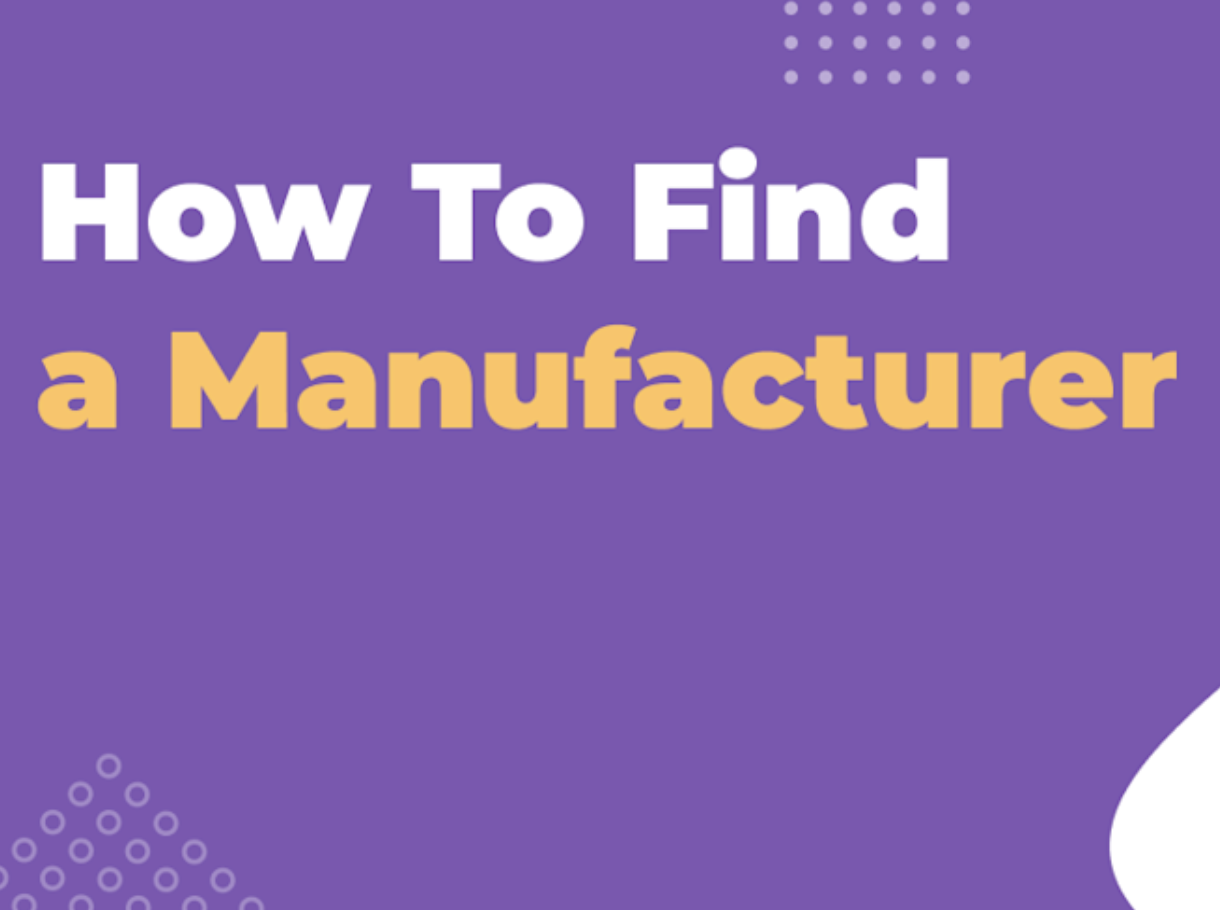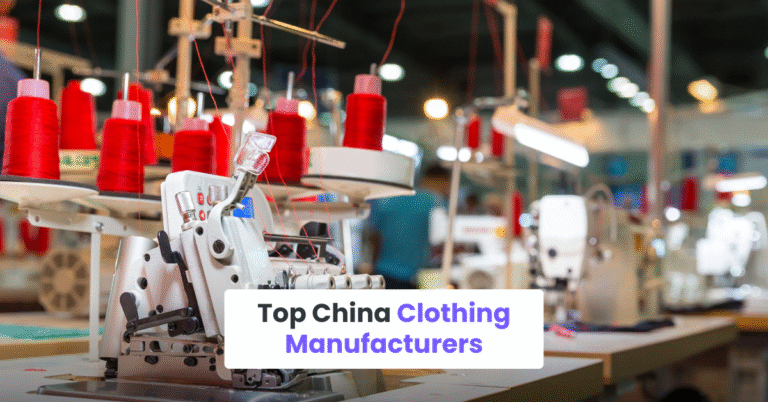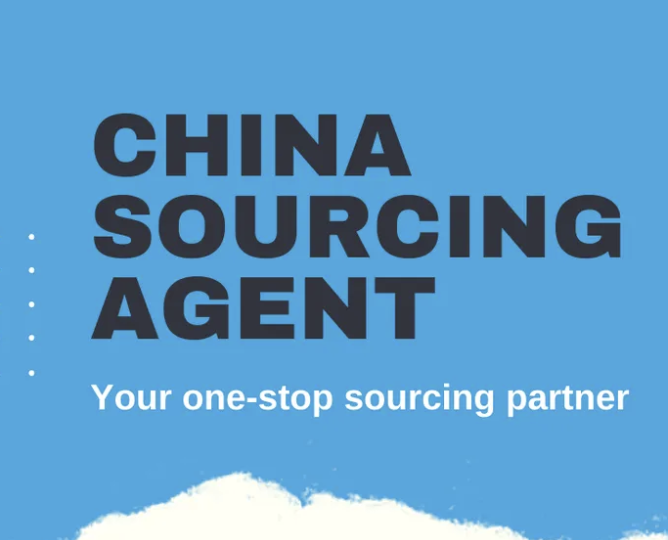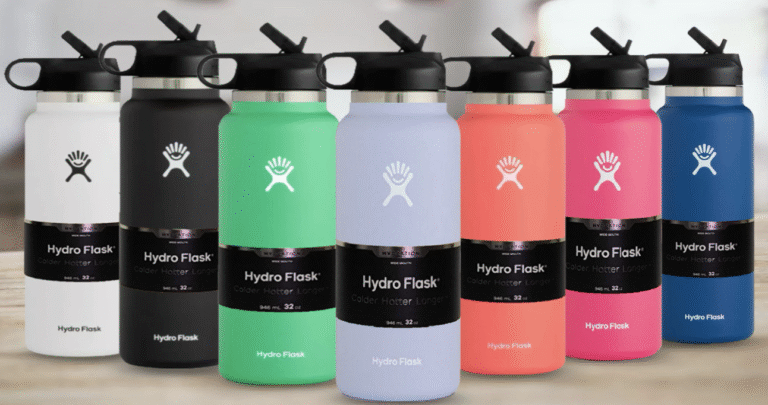How to Find a Manufacturer of a Product? Read This Review Before You Buy
So you’ve got a great product idea. Maybe it’s a game-changing gadget, a sleek new fashion item, or the next must-have pet accessory. But here’s the catch—you can’t sell what you can’t make.
Finding the right manufacturer is where the rubber meets the road, and it can be the difference between launching a six-figure business or losing everything to delays, poor quality, or shady partners.
This in-depth guide walks you through exactly how to find a manufacturer of a product, with practical tips, platform reviews, and key red flags to avoid.
Read this review before you buy—because your manufacturing partner isn’t just a vendor, they’re a cornerstone of your business.
We’ll also show you how working with a trusted sourcing agent like Simoosourcing can eliminate 90% of the stress and risks that come with overseas manufacturing.
Whether you’re just starting out or scaling up, this is the resource you need to source smarter and build faster.
Table of Contents
What is a Manufacturer?
Before we jump into how to find one, let’s break down what a manufacturer actually is. Not all suppliers are created equal.
A manufacturer is a company that makes the actual product—they own the factory, the machines, and the labor force. They can produce your item either based on your design (OEM) or let you choose from their existing catalog with some tweaks (ODM).
Manufacturer vs. Supplier vs. Distributor
- Manufacturer: Produces the product directly. Best for private labeling, customization, and long-term cost savings.
- Supplier: General term that can include manufacturers, trading companies, or wholesalers.
- Distributor: Buys from manufacturers and sells in smaller quantities, usually at a markup.
If you want full control over pricing, branding, and product quality, working directly with a manufacturer is your best bet.
Types of Manufacturers
- OEM (Original Equipment Manufacturer): You provide the design; they build it to spec.
- ODM (Original Design Manufacturer): They have the design; you just add your brand or request minor modifications.
- Contract Manufacturer: Handles production under contract, often used in electronics, supplements, and fashion.
Understanding these distinctions will help you ask the right questions and choose a partner that aligns with your product goals.
Domestic vs. Overseas Manufacturers
One of the first major decisions you’ll make is whether to produce your item locally or overseas. Each has pros and cons, and the best choice depends on your budget, timeline, and brand goals.
When to Go Local
Advantages:
- Faster communication and shipping
- Easier to visit factories in person
- Better IP protection in some regions
- “Made in [Your Country]” branding
Disadvantages:
- Higher production costs
- Limited manufacturing options or specialization
Local manufacturing makes sense for luxury goods, artisan brands, or highly regulated products like food and cosmetics.
When to Source Overseas
Countries like China, India, Vietnam, and Mexico dominate the manufacturing world because of their:
- Lower labor costs
- Higher production capacity
- Wider range of product categories
- Willingness to accommodate small businesses with MOQs
The key challenge with overseas sourcing is distance and communication. That’s why sourcing agents (like Simoosourcing) are so popular—they act as your local boots-on-the-ground and bridge the cultural and logistical gap.
Pro Tip: Start with overseas for better margins, but build relationships slowly. Don’t go “all in” with untested partners.
How to Define Your Product Before Contacting Manufacturers

Imagine contacting a factory and saying, “Hey, I want to make a cool new backpack. Can you help?”
They’ll say, “Sure. What size? What material? How many pockets? Do you have a sample?”
Before you can even think about manufacturing, you need a clear product definition.
What You Need:
- Product Sketch or Design: Doesn’t have to be fancy. Even a hand-drawn sketch is a start.
- Specifications Sheet: Sizes, materials, colors, features, finishes, packaging, etc.
- Bill of Materials (BOM): List of components and their sources
- Target Price Point: What are you willing to pay per unit?
For complex items, create a prototype. If you can’t do it yourself, use services like Fiverr, Upwork, or local product designers.
Once you present a complete package, manufacturers will take you seriously and give you accurate quotes and timelines.
Where to Search for Manufacturers
So now you’re ready to find your factory partner. Here’s where to start:
Alibaba, GlobalSources, and Made-in-China
These are the big three B2B marketplaces for finding overseas manufacturers, especially in Asia.
- Alibaba.com: Largest and most popular. Search by product, filter by “Verified Supplier,” and use “RFQ” (Request for Quotation) to get bulk quotes fast.
- GlobalSources.com: Great for electronics, mobile accessories, and industrial parts. Often more professional than Alibaba.
- Made-in-China.com: Good for niche products and small MOQs.
Use filters to narrow your search:
- Supplier Type: Manufacturer only (not trading company)
- Location: Country and region (e.g., Guangdong, Zhejiang)
- Certifications: ISO, CE, etc.
- Response Time & Years in Business
Don’t just contact one factory—reach out to 5–10 suppliers, compare samples, and test communication quality.
Trade Shows and Industry Events
Want to get serious fast? Attend trade shows like:
- Canton Fair (China)
- Global Sources Summit (Hong Kong)
- MAGIC (USA, for fashion)
- SIAL (for food products)
You’ll meet manufacturers face-to-face, inspect products, and negotiate deals on the spot.
Google Search Hacks and Directories
Use search strings like:
- “OEM [product] manufacturer”
- “[Product] factory site:.cn”
- “[Product] supplier + ISO certified”
Check out manufacturer directories like Kompass, ThomasNet, or SaleHoo if you’re U.S. based.
If you’re new and unsure, a sourcing agent like Simoosourcing can help shortlist trusted manufacturers based on your product specs and budget.
Using a Sourcing Agent for Better Results
If you’re new to the game or simply don’t have time to communicate with multiple suppliers, manage sample requests, or navigate cultural and legal nuances, hiring a sourcing agent can be a game-changer. These professionals act as a bridge between you and the manufacturer, making sure your product gets made exactly how you want it, without you having to micromanage the process.
Why Use a Sourcing Agent Like Simoosourcing?
Simoosourcing, a trusted sourcing agent in China, has helped countless startups and small businesses turn ideas into tangible products. Here’s how a good agent like Simoosourcing can elevate your sourcing journey:
- Pre-vetted Factory Network: They work with reputable, verified manufacturers, so you’re not starting from scratch or falling for online scams.
- Language & Cultural Fluency: They communicate in fluent English and Mandarin, eliminating the miscommunications that can derail a project.
- Negotiation Power: Agents often get better prices than solo buyers because they have established relationships and know local pricing standards.
- Quality Checks: They personally inspect the factory and final products, ensuring your standards are met.
- End-to-End Support: From idea to shipping, they handle documentation, customs, freight, and compliance.
This means you spend less time worrying and more time building your business. Especially when sourcing from overseas markets like China, a good agent is like having a trusted co-founder on the ground.
How to Vet and Verify a Manufacturer
Not every manufacturer claiming to be the “#1 factory in China” deserves your trust—or your money. Vetting suppliers is non-negotiable if you want to avoid getting scammed, overpaying, or ending up with poor-quality goods.
Red Flags to Watch For
- Unusually low prices that seem “too good to be true”
- Refusal to provide certifications or references
- Pushback on third-party inspections
- Poor communication or vague answers
- Asking for full payment via Western Union
Requesting Business Licenses and Certifications
Ask for the manufacturer’s:
- Business License (营业执照): This proves the factory is legally registered.
- Factory Photos or Videos: Many serious manufacturers have virtual tours or video walkthroughs.
- ISO 9001 Certificate: Indicates strong quality management systems.
- Product Certifications: CE, FCC, UL, FDA, depending on your product category and destination country.
You can even verify Chinese business licenses through the National Enterprise Credit Information Publicity System (in Chinese, but sourcing agents like Simoosourcing can help navigate it).
Checking Factory Visits and Audits
Before committing to a big order, request a factory visit. If you can’t travel, you can:
- Hire a third-party inspection service
- Ask your sourcing agent to visit and send videos/photos
- Use platforms like QIMA (AsiaInspection) or SGS
Some factories also offer live virtual tours via WeChat or Zoom. Don’t skip this step—a quick call or tour can reveal a lot about their professionalism.
MOQ, Pricing, and Negotiation Tips
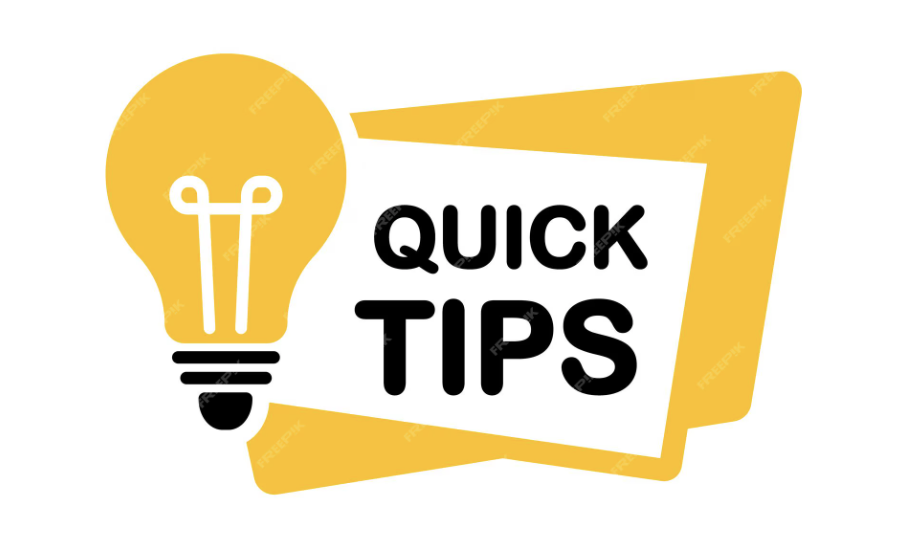
Once you’ve found a promising manufacturer, it’s time to talk numbers. Pricing can vary significantly depending on materials, order volume, and customization. That’s why understanding Minimum Order Quantity (MOQ) and how to negotiate is key.
Understanding Minimum Order Quantities (MOQ)
MOQs protect the manufacturer’s costs. They need to cover setup fees, material sourcing, labor, and machine time. Common MOQs:
- Simple plastic items: 500–1000 units
- Custom electronics: 300–500 units
- Apparel: 100 pieces per style/color
If the MOQ is too high for your budget:
- Ask if they’ll do a trial run with fewer pieces
- Offer to pay slightly more per unit
- Use a sourcing agent to negotiate on your behalf
Some suppliers will be flexible if they see long-term potential.
Tiered Pricing and Cost Breakdowns
Most manufacturers offer tiered pricing:
- 100 units: $10 per unit
- 500 units: $7 per unit
- 1000 units: $5.50 per unit
Ask for a complete cost breakdown, including:
- Materials
- Labor
- Tooling/Molds
- Packaging
- Freight (if included)
This transparency helps you plan your margins and compare apples to apples across different suppliers.
Negotiation Tips
- Always be respectful and professional—relationships matter.
- Show that you’ve done your homework.
- Offer realistic targets and long-term commitment.
- Don’t just focus on price—emphasize quality, lead times, and flexibility.
Having an agent like Simoosourcing also strengthens your position. They know market prices and can help prevent price gouging.
Prototyping and Sampling Process
Would you ever place a restaurant order without checking the menu? The same logic applies here—don’t commit to mass production without seeing a sample first.
Why Sampling Matters
A sample is your first real look at:
- The product’s construction and durability
- Color and design accuracy
- Packaging quality
- How it feels and performs in real life
This process might cost a little extra and take 1–3 weeks, but it’s worth every penny. Imagine ordering 5,000 phone cases and discovering they don’t fit the model they were made for. Sampling saves you from costly and embarrassing mistakes.
Types of Samples
- Blank Sample: Used to check material or base product
- Pre-Production Sample: Prototype based on your design and branding
- Golden Sample: The approved sample that future production is based on
Once you approve the golden sample, get it signed, dated, and referenced in your production agreement. This is your quality benchmark.
Sample Costs
Some manufacturers offer free samples, especially for off-the-shelf designs. Custom samples usually cost $50–$200, depending on complexity.
Pro Tip: Don’t rush this phase. Sampling is not the delay—it’s the insurance.
Legal Agreements and Intellectual Property Protection
Your product idea might be one of a kind—but unless it’s protected legally, it could be copied faster than you can say “launch day.” This is especially true when working with overseas manufacturers.
Must-Have Legal Agreements
- NDA (Non-Disclosure Agreement): Prevents the factory from sharing your designs or ideas.
- NNN Agreement (Non-Disclosure, Non-Use, Non-Circumvention): Stronger than an NDA, and better suited for Chinese manufacturers.
- OEM Agreement: Outlines what the manufacturer is responsible for and includes quality standards, lead times, penalties, etc.
- Purchase Agreement: Covers pricing, delivery, returns, and payment terms.
Have these contracts translated into Chinese for enforceability in China. You can use a legal translation service or work with a sourcing agent who can handle bilingual documentation.
How to Protect Intellectual Property (IP)
- Register your trademark in China (not just in your home country).
- Use multiple suppliers for different parts if your product is easily copied.
- Apply for patents if applicable, especially in tech or design-driven industries.
Working with trusted professionals like Simoosourcing can reduce your exposure to IP theft and enforce proper contracts with reliable factories.
Production Timelines and Managing Deadlines
Once you’ve finalized your product sample and contracts, it’s time for production to begin. But even with everything in place, managing timelines is crucial to avoid inventory gaps, missed launch dates, or lost holiday sales.
Understanding Standard Production Timelines
Production timelines vary depending on the product, complexity, and the factory’s current workload. Here’s a general breakdown:
- Simple items (t-shirts, plastic toys): 15–30 days
- Custom apparel with embroidery or printing: 30–45 days
- Electronics with custom tooling: 60–90 days
- High-volume orders (10,000+ units): Add 10–20% extra lead time
These timeframes are only for production—not including sampling, shipping, or customs clearance. Always build in a buffer of 2–4 weeks.
Managing Delays and Factory Bottlenecks
Production isn’t always smooth. Common delays include:
- Material shortages
- Factory overbooking
- Holiday shutdowns (e.g., Chinese New Year)
- Equipment failure or labor issues
To reduce the impact of delays:
- Get a detailed production timeline from your supplier.
- Ask for weekly updates or progress photos.
- Use penalties or bonuses in your contract (e.g., discounts for late delivery).
- Partner with a sourcing agent like Simoosourcing, who can oversee timelines and push factories to stay on track.
A good production schedule is your insurance policy for a successful launch.
Quality Control and Product Testing
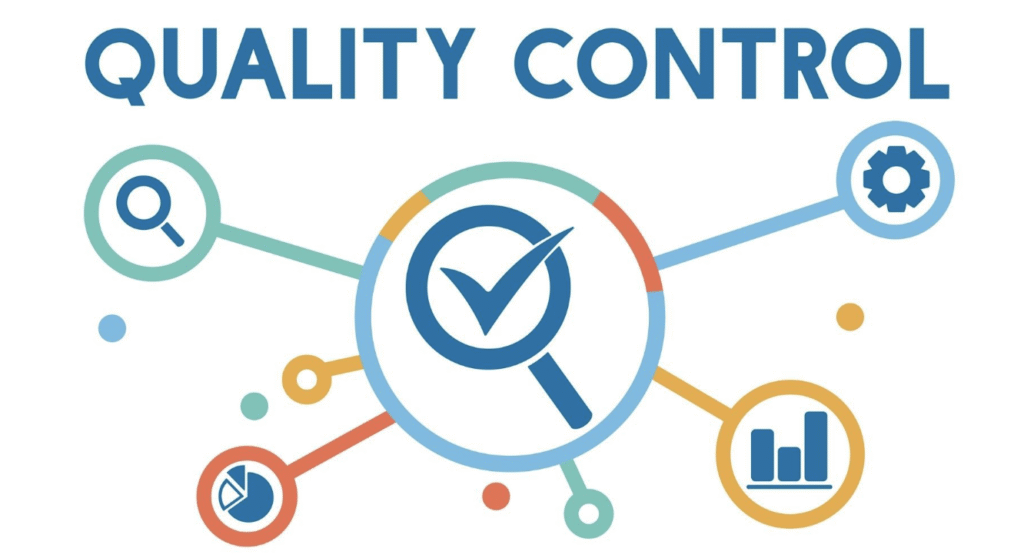
Quality control doesn’t stop at sampling. Maintaining consistency across a 1,000-unit batch is a different beast from making a perfect prototype. That’s where ongoing product testing and inspection come into play.
Why Product Testing Matters
Let’s say you’re selling children’s toys. A missed safety issue could result in recalls, lawsuits, and brand damage. Even with simple products, poor stitching, discoloration, or weak materials can kill your reputation.
Don’t let one bad batch ruin your entire brand.
Third-Party Inspection Agencies
Hiring a professional inspection service is your best line of defense. Popular agencies include:
- QIMA (AsiaInspection)
- SGS
- Bureau Veritas
- Intertek
Inspections cost between $150 and $300 per day, depending on location and complexity.
What they inspect:
- Functionality
- Safety
- Appearance
- Labeling
- Packaging
- Quantity
You can request:
- Pre-production inspections: To verify raw materials
- During production inspections (DUPRO): To catch defects early
- Final random inspections (FRI): To check finished goods before shipment
Pro Tip: Include your Golden Sample and AQL standards in your contract. This sets clear benchmarks and makes it easier to enforce quality agreements.
Logistics: Getting Your Product Shipped
Once your products are finished and approved, they still need to get to your warehouse or fulfillment center. Shipping logistics are often the most underestimated part of the process, yet they can make or break your margins and delivery timelines.
Choosing the Right Shipping Method
There are three main options:
- Sea Freight (Most Cost-Effective)
- Great for large, heavy orders
- Transit time: 25–45 days
- Requires port-to-port coordination and customs clearance
- Air Freight (Faster but Costly)
- Transit time: 5–10 days
- Ideal for urgent orders or lighter items
- Express Courier (DHL, FedEx, UPS)
- Fastest (2–7 days)
- Expensive; used for samples or small-volume, high-value items
Freight Forwarders and Incoterms
A freight forwarder coordinates the shipping, documentation, insurance, and customs clearance. They’re essential if you’re using sea freight or importing at scale.
Common Incoterms (International Commercial Terms) include:
- FOB (Free On Board): Supplier handles export, you cover freight.
- CIF (Cost, Insurance, Freight): Supplier ships to your destination port.
- DDP (Delivered Duty Paid): Supplier covers all shipping and duties—best for beginners.
If this sounds overwhelming, a sourcing partner like Simoosourcing can handle all of it for you—including choosing the best route, booking containers, and managing customs.
Case Study: A Startup’s Journey to Find the Right Manufacturer
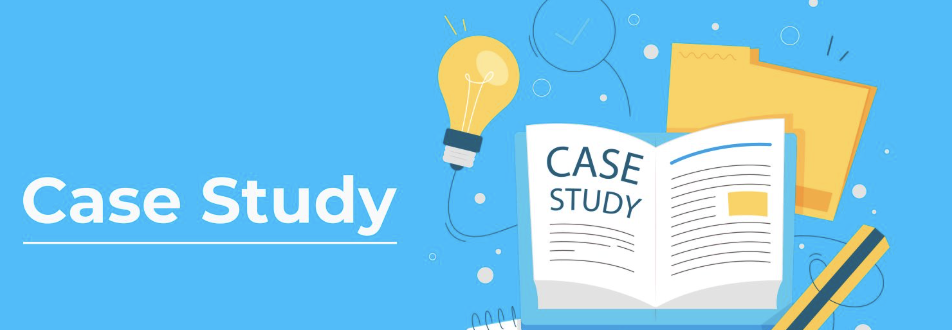
Meet Mark, a U.S.-based entrepreneur who wanted to launch a line of eco-friendly yoga mats. He had a killer product idea but no clue how to get it manufactured. His early attempts failed—suppliers were unresponsive, overpriced, or sent poor-quality samples.
Then he hired Simoosourcing.
Here’s what they did:
- Helped him finalize product specs
- Identified three verified factories in Zhejiang province
- Arranged samples and sent detailed video inspections
- Negotiated pricing and MOQ (500 units)
- Managed contract, payment, and quality control
- Handled DDP shipping to his warehouse in California
The result?
- He launched in 90 days flat
- Saved 35% in costs compared to U.S. suppliers
- Got glowing reviews from customers due to premium quality
Now, Mark places quarterly orders and has expanded into yoga towels and foam blocks—all through the same manufacturer.
Common Mistakes to Avoid When Finding a Manufacturer
If you’re new to sourcing, it’s easy to make critical errors that cost time, money, and peace of mind. Here are some of the most common mistakes—and how to avoid them.
1. Going with the Cheapest Option
Cheapest doesn’t always mean best. A low-cost quote might hide poor materials, bad quality, or lack of compliance. Always compare multiple quotes and check certifications.
2. Not Asking for Samples
Skipping the sampling phase is a recipe for disaster. You need to see and feel your product before scaling up.
3. Failing to Use Legal Protection
Never assume your intellectual property is safe. Use contracts like NDAs and NNNs. Register your trademark early.
4. Underestimating Lead Times
Between production, shipping, and customs, delays are common. Add 2–4 weeks buffer to all your schedules.
5. Not Working With a Sourcing Agent
Trying to manage everything yourself—especially overseas—is overwhelming. A sourcing agent like Simoosourcing brings expertise, connections, and local knowledge to help you avoid costly pitfalls.
Conclusion
Finding a manufacturer for your product isn’t just a checklist task—it’s a foundational decision that shapes your pricing, product quality, delivery reliability, and ultimately, your customer satisfaction. Whether you’re launching your first private label product or scaling a booming eCommerce brand, selecting the right manufacturing partner can accelerate your success or slow you down before you ever hit the market.
Let’s quickly recap what you need to do:
- Clearly define your product with detailed specs and visuals.
- Choose the right region—domestic for control, overseas for cost savings.
- Use trusted platforms like Alibaba or Made-in-China to start your search.
- Always sample before scaling production.
- Protect your IP and contracts with proper legal documentation.
- Work with reliable third-party inspectors to maintain quality.
- Consider hiring a sourcing agent like Simoosourcing to take the pressure off and help you work with vetted, trustworthy factories.
In short: don’t rush. Take the time to build strong, lasting relationships with manufacturers who care about quality, timelines, and transparency as much as you do.
So before you dive into mass production—read this review before you buy. These strategies are your toolkit for avoiding costly mistakes and building a product line you’ll be proud to sell.
Your dream product is waiting to be made—let’s build it right from day one.
FAQs About How to Find a Manufacturer
1. How do I know if a manufacturer is legit?
Check for business licenses, ISO certifications, and customer reviews. Ask for factory photos and arrange video calls or third-party inspections. Use verified platforms and avoid sending full payments via insecure methods.
2. What’s the minimum I need to get started with a manufacturer?
At minimum, you need a clear product idea, specifications, target pricing, and initial budget. Most factories expect an MOQ (Minimum Order Quantity), which varies by product. A sourcing agent can help negotiate lower MOQs.
3. How long does it take to manufacture a product overseas?
Timelines vary by product, but generally:
- Sampling: 2–4 weeks
- Production: 30–60 days
- Shipping: 7–45 days depending on method
Always plan with a buffer to account for potential delays.
4. Do I need to visit the manufacturer in person?
Not necessarily. Many successful brands work with manufacturers remotely using sourcing agents and third-party inspectors. However, visiting can build stronger relationships and offer valuable insights.
5. What should be in my manufacturing contract?
Your contract should include:
- Product specifications
- Pricing and payment terms
- Delivery timelines
- Quality standards
- Penalties for defects or delays
- Intellectual property clauses
- Reference to approved samples

